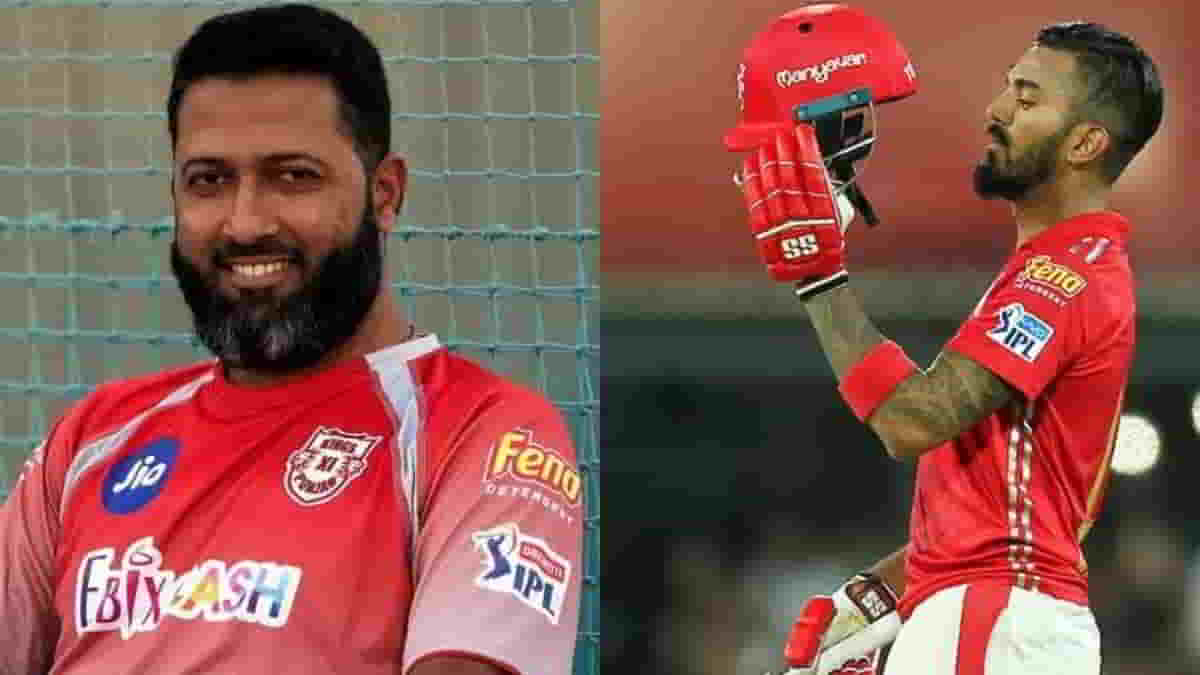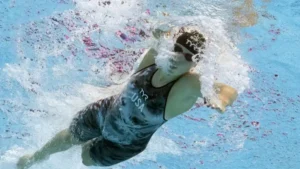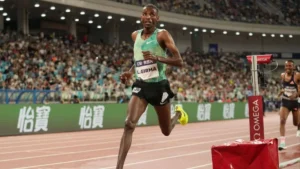Water polo is a dynamic and physically demanding sport that requires players to possess a multifaceted skill set that encompasses both offensive and defensive capabilities. A critical aspect of offensive play is the counter-attack, a strategic and swift skill aimed at capitalizing on transitions from defense to offense. In this article, we will see the intricacies of executing a successful counter-attack in water polo exploring the key components, tactics, and player roles that contribute to its effectiveness.
Water polo is a team sport played in a pool that combines aspects of swimming, soccer, basketball, and handball. The goal is to score points by throwing a ball into the opposing team’s goal. Each team has six players and a goalkeeper. Players stay afloat in the water, using swimming, passing, and shooting skills to move the ball and score. It is a physical game with underwater struggles, and there are rules for fouls. Players might be temporarily excluded for serious rule violations. Matches have four quarters, each lasting about eight minutes, with a halftime break. The team with the most goals at the end wins. Water polo is played at different levels, from local clubs to international competitions, and it’s popular in Europe and the United States. Also, it is a Summer Olympic sport.
Understanding the Counter-Attack
A counter-attack is like a strategic move in a game where you defend yourself and then quickly respond with a strong attack. Imagine you are playing a game of tag, and someone tries to tag you. Instead of just running away, a counter-attack would be when you quickly dodge their tag and then swiftly tag them back. In a more serious situation, like a sports game or a battle, a counter-attack happens when a team or an army defends against an opponent’s attack and then swiftly turns the situation around by launching a powerful offensive move. It’s a smart and quick response to regain control or push back against an enemy’s advance.
Also Read: Top ten water-related sports in the Olympics
Key Components of a Counter-Attack:

- Move fast! Once your team gets the ball from the other team, everyone needs to switch to an attacking mode quickly. Swim fast, move efficiently, and handle the ball well to cover the pool’s length before the other team can get ready.
- Pass the ball accurately and quickly. The players should be good at passing to keep the momentum going and keep the other team’s defense confused. Quick passes are often used to take advantage of gaps in the defense.
- Choose your shots wisely. Players need to decide where to shoot by looking at the goalie’s position, the angle, and the defense. Picking the right shot increases the chances of scoring.
- Talk to your teammates! Good communication is crucial. Clear signals and talking help players work together, find open teammates, and take advantage of weak points in the defense.
Tactics for a Successful Counter-Attack
- Pass the ball out fast! Once your team gets the ball, the goalie or a defensive player should quickly pass it to a teammate in the offensive half to start the counter-attack.
- Make the pool big! Players in the counter-attack should spread out across the pool’s width. This forces the other team’s defenders to cover more ground, making it harder for them to block passes or predict movements.
- Find weaknesses in the defense. Look at how the other team is positioned and find situations where your attackers have an advantage or are facing defenders who may not be as good at swimming or defending.
- Use the players on the sides! Wing players play a big role in counter-attacks. They stay near the sidelines, ready to receive passes and take advantage of the space created by the fast transition. Fast and agile wing players can surprise the defense and create scoring chances.
Also Read: What is Canoe Flatwater and Canoe Slalom?
Player Roles in a Counter-Attack
1. Goalkeeper
Start the counter-attack! The goalie begins the move by quickly passing the ball to an open teammate. Accurate long-range passes from the goalie help the team move fast.
2. Sprinter
Be fast! A quick and agile player usually takes on the role of the sprinter during a counter-attack. They swim fast down the pool which creates a scoring threat and draws attention from defenders to open up chances for teammates.
3. Playmaker
Direct the attack! The playmaker is essential for organizing the counter-attack. They have great passing and decision-making skills, guiding the flow of the attack and setting up chances for teammates.
4. Wings
Use the sides! Wing players play an important role in stretching the defense during a counter-attack. Positioned on the sidelines, they can exploit open spaces, receive passes, and create scoring opportunities.
Conclusion
Scoring goals in water polo requires speed, accuracy, teamwork, and smart thinking. Teams that can smoothly switch from defense to offense, find weak spots in the defense, and make quick decisions are often the most successful. By understanding the important parts, tactics, and what each player does in a counter-attack, water polo teams can improve their chances of scoring and winning in this exciting and competitive sport.






















